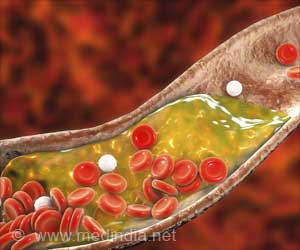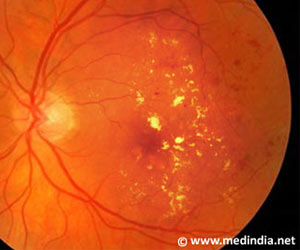
‘3.5 million cases of heart disease and stroke could be prevented, and £68 billion could be saved in health and social care costs over 25 years if all individuals with at least one condition that increase cardiovascular disease risk could be diagnosed and treated. Detection of undiagnosed diabetes has the most significant benefits.’
Read More..




Detecting all the undiagnosed cases of diabetes would have the largest overall health and financial benefits. Read More..
There are more than 1.8 million people in England on the coronary heart disease register and more than one million people on the stroke or mini-stroke (TIA) register.
In 2015, cardiovascular disease was estimated to have cost the UK economy around £23.3bn (€26 bn).
To prevent cardiovascular disease, NHS England has highlighted six high-risk conditions. These conditions are currently under-diagnosed and insufficiently well managed through a wide range of treatments are available. The six high risk conditions are:
- High blood pressure
- High cholesterol
- Atrial fibrillation – irregular heartbeat
- Type 1 and 2 diabetes
- High blood glucose
- Chronic kidney disease
Advertisement
They also studied which high-risk groups would benefit the most from optimal detection in terms of cost savings and health benefits.
Advertisement
The model focused on English NHS and social services, and the demographic and clinical features of participants in the nationally representative 2014 Health Survey for England to inform their estimates. They calculated savings, incremental and cumulative costs, quality-adjusted life-years (QALYs), the net monetary benefit to the NHS and social services in the UK, over 5, 10, and 25 years.
QALYs is a measure of years lived in good health of people.
The interventions were taken from NICE guidance for each of the high-risk conditions. These included:
- Diagnostics - NHS Health Check, annual review for people with a pre-existing high risk condition)
- Drugs - for lowering cholesterol and high blood pressure, blood thinners and treating diabetes
- Lifestyle modifications -weight management, smoking cessation, diabetes education, and nutritional advice for chronic kidney disease
- Supplementary assistance - blood pressure self-monitoring, medicines use review
If these people were managed according to NICE guidelines, £61bn would be saved, 8.1 million QALYs would be gained, and 5.2 million cases of cardiovascular disease could be prevented.
The greatest benefits would result from detecting undiagnosed high cholesterol in the short term and undiagnosed diabetes in the long term.
"Substantial cost savings and health benefits would accrue if all individuals with conditions that increase cardiovascular disease risk could be diagnosed, with detection of undiagnosed diabetes producing greatest benefits," the authors concluded.
Sticking to NICE guidance would further increase health benefits. The cost-savings could be used in developing efficient and cost-effective solutions for detection and treatment.
Source-Medindia












